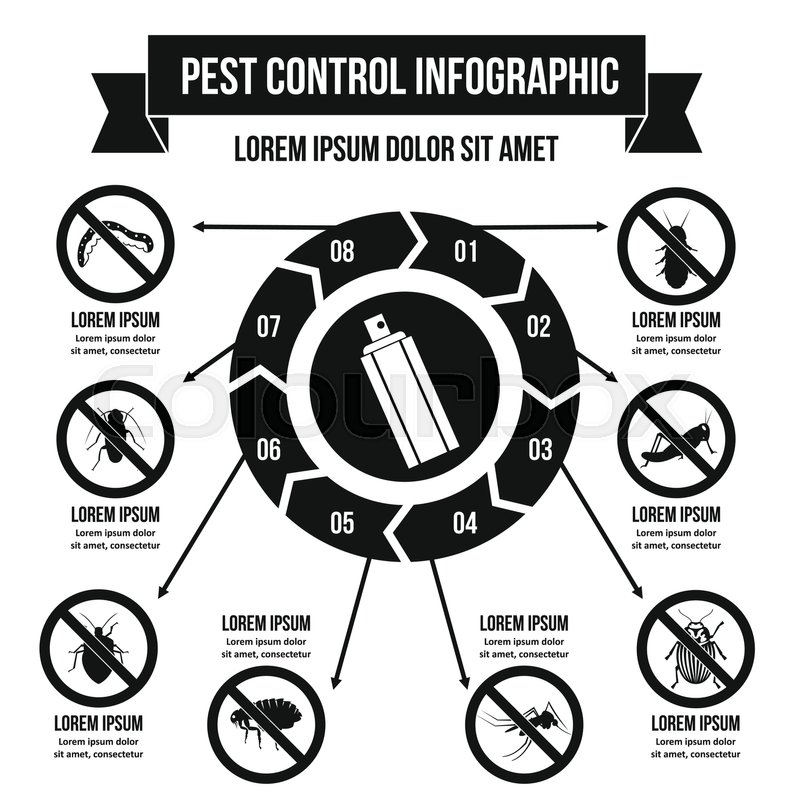Insights From Experts On Rodent Habits For Effective Bug Control
Insights From Experts On Rodent Habits For Effective Bug Control
Blog Article
Written By-Pihl McNamara
Think of having the ability to anticipate the relocations of your challengers in a game of chess, constantly remaining one step in advance.
In the world of parasite control, recognizing rodent habits resembles having that tactical advantage. By acquiring expert insights right into the nesting habits, feeding patterns, and interaction and social habits of rats, you can successfully battle these pesky animals.
However just how exactly do rats act, and why is it essential to recognize? In this discussion, we will certainly unwind the mysteries of rodent habits, providing you with important knowledge that will certainly assist you stay in advance in the fight against parasites.
Are you all set to discover the keys of these cunning animals?
Nesting Habits
To understand rodent habits and effectively control pests, it is necessary to acquire understanding right into their nesting behaviors.
Rodents, such as mice and rats, have a natural reaction to locate sanctuary and create nests where they feel risk-free and secure. These nests work as their homes, reproducing premises, and storage space areas for food. Understanding their nesting habits can aid you determine possible areas of infestation and apply targeted control procedures.
Rats normally choose nesting in dark, remote spaces, such as attic rooms, basements, crawl spaces, and wall surface voids. They make use of materials like shredded paper, fabric, insulation, and even chewed-up electric wires to construct their nests.
Feeding Patterns
Rodents exhibit distinct feeding patterns that play a vital function in their actions and can notify efficient bug control strategies. Understanding these patterns is essential for applying effective bug control procedures.
Rats are opportunistic feeders, implying they'll eat whatever food is readily offered. They like high-calorie foods such as grains, nuts, and seeds. see here now is why correct storage space of food and waste administration are important in avoiding rodent infestations.
In addition, rodents are nighttime, which indicates they're most energetic during the night when they search for food. By understanding their feeding patterns, you can tactically place traps and baits to maximize their efficiency.
Maintaining food sources unattainable and maintaining a tidy environment can help deter rodents and minimize the threat of problem.
Communication and Social Habits
Understanding just how rodents interact and interact socially is essential for effective parasite control techniques. Rodents, like mice and rats, have complicated interaction systems that they utilize to convey information to every various other and collaborate their tasks. Below are three crucial elements of rodent communication and social behavior:
1. Vocalizations: Rodents produce a vast array of vocal sounds, including squeaks, chirps, and chattering, to interact with each other. These vocalizations can share different messages, such as danger warnings or mating calls.
2. https://lorenzonicbk.blogdal.com/26216985/a-comprehensive-handbook-for-choosing-the-appropriate-parasite-control-carrier noting: Rats utilize scent glands to leave chemical signals on objects and in their setting. These scent marks serve as territorial borders and communicate details about reproductive status, supremacy, and social affiliation.
3. Social hierarchy: Rodents have a hierarchical social structure, with dominant individuals having access to resources and chosen nesting websites. Comprehending flea and tick guard is very important for targeting insect control initiatives and determining vital individuals for elimination.
Final thought
So, there you have it - a brief peek right into the fascinating world of rodent habits. By recognizing their nesting habits, feeding patterns, and interaction, we can better deal with the concern of parasite control.
Did you recognize that a female computer mouse can create approximately 10 litters per year, with each clutter containing around 5-6 dogs? This astonishing statistic highlights the significance of punctual and efficient parasite monitoring to avoid rodent populations from spiraling out of hand.
